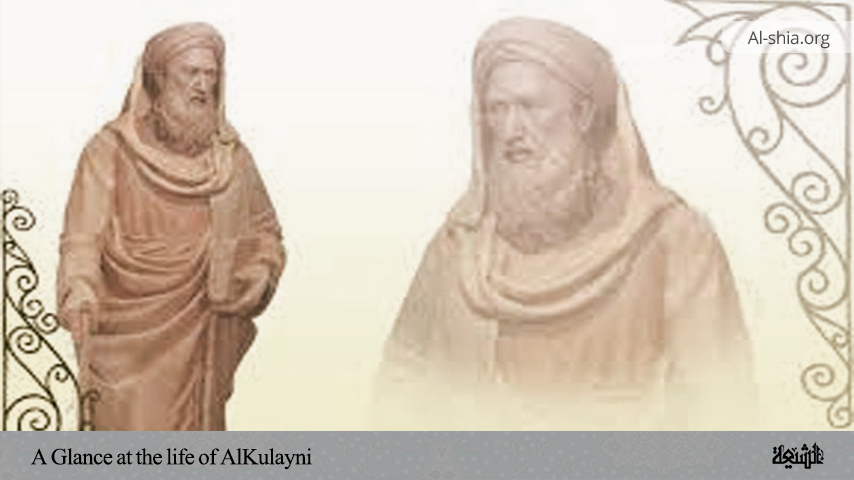At a period when the persecution of the people of Makkah against the adherents of Islam grew intense, Allah enjoined His Prophet to make hijrah (migration) from Mecca to Medina so that they could establish the religion of Allah in a land where they could worship Him.
As the Prophet had planned, he escaped into the desert with help from a Bedouin guide. When they had made a little way beyond the precincts of Mecca, the Prophet halted his camel Qaswa, looked back and sadly said: “Of all God’s earth. Thou art the most dearest unto me and the most dearest unto God, and had not my people driven me from thee I would not have left thee.”
The Prophet had with him also a Shepherd called Ameer Ibn Fuhayrah. He was a slave brought by the Prophet from his tormentors and set free. He told the shepherd to follow him with his flock of sheep so that his sheep would be used to cover up the large camel tracks on the sand. Even though the Prophet knew that the average Bedouin could see at a glance, the remains of the larger prints of the camel hoof prints or even the camel dung in the sands that the multitude of smaller prints had all but obliterated them.
However later that day on their way, they met Abu-Bakr who had escaped earlier from Mecca on the desert road to Yathrib. Abu-Bakr pleaded to the Prophet if he could join him on the dangerous route to the north. The Prophet agreed for he wanted his escape to be kept secret as long as possible, and the possibility of Abu-Bakr being captured and the chance of him telling Quraysh of his plan to escape and put him in danger. The Prophet then quickly ordered Ameer, the shepherd to make haste for a cave in the Mount of Thawr a little to the south, on the way to Yemen.
For the Prophet knew that as soon as his absence was discovered. Search parties would be sent out to cover all the northern outskirts of the city. When they had reached the cave, the Prophet turned to Ameer the shepherd to go with their camels with his flock of sheep back to Mecca, for the cave wasn’t large enough and there was no other place to hide them. When he was in Mecca the Prophet told him that he should listen to what was said in Mecca the next day when the Prophet’s escape was discovered and to bring with them enough provisions for their long journey.
Ameer reached Mecca and soon discovered that Quraysh had discovered the Prophet’s absence and was now desperate to find Muhammad. They had offered a grand reward of a hundred camels to anyone who could find him and bring him back to Mecca, dead or alive. Equestrians were already following every northern route from Mecca to Yathrib, hoping to overtake the Prophet – for they assumed that the Prophet, would make for Yathrib to take refuge with his other Muslim followers who had left Mecca earlier in the weeks leading to the Prophet’s escape, and now dwell in the northern Arabian city of Yathrib.
However, others thought most likely that they must be hiding, in one of the numerous caves in the hills around Mecca. Moreover, the Arabs of the desert are good trackers even when a flock of sheep followed in the wake of two or three camels. To others, it seemed quite unlikely that the Prophet would be to the south of the city, but for such a generous reward every possibility should be tried and camels had certainly preceded the sheep on those tracks which led in the direction of Mount Thawr.
Ameer, the faithful Shepherd was told by the Prophet to pasture his sheep as usual with the other Shepherds at the foothills of the mountain during the day and at night and secretly to bring them provisions of food and water and the important news of what Quraysh was up to!
The Spider’s Web
However, on the third day, the silence of their mountain sanctuary was broken, the sound of birds – a pair of rock doves they thought – were cooing loudly and fluttering their wings outside near the cave. The sounds of the birds alerted the men’s attention up towards the small mountain towards the half-hidden cave. They drew their swords and scurried up the slope. Then after a while, the fugitives within the cave heard the faint sound of men’s voices, at some distance below them but gradually growing louder and louder as the men were climbing up the side of the mount.
The voices were now not far off. There were five or six men at least, and they were still approaching with drawn swords. The Prophet quickly took a glance at Abu-Bakr sitting at the far most back of the cave. The Prophet saw Abu Bakr’s face turn pale and feared he might cry out. Therefore, he reassured Abu-Bakr: “Do not grieve; Allah is indeed with us” (9:40).
They could now hear the sound of steps, which drew nearer and then stopped at the mouth of the cave: the men now were standing outside and the cave. Then they spoke decisively, all in agreement that there was no real need to enter the cave since no one could possibly be in there. Then they turned back the way they had come. When the sound of their retreating steps and voices had died away, the Prophet went to the mouth of the cave. There in front of it, almost covering the entrance, was an acacia tree, about the height of a man, which had not been there that morning; and over the gap that was left between the tree and the wall of the cave, a spider had woven its web.
“… Then Allah sent down His composure upon him and strengthened him with hosts you did not see, and He made the word of the faithless the lowest, and the word of Allah is the highest; and Allah is all-mighty, all-wise” (9:40).
The Prophet looked out through the silky web, and there in the hollow of a rock, even where a man might step as he entered the cave, a rock dove had made a nesting place and was sitting close as if she had eggs, with her mate perched on a ledge not far above. The same birds that had alerted Quraysh to investigate. Later in the day as the sun was setting, the Prophet heard the shepherd approaching at the expected agreed hour, he gently drew aside the spider’s web that had been his safeguard, and taking care not to disturb the dove, he went to meet Ameer, outside the cave.
Ameer had come, this time without his flock. But, as entrusted, he had brought camels, provisions and a Bedouin guide for their journey. The shepherd then informed the Prophet that the guide he brought was not yet a believer, but he could be relied on to keep their secret and also to guide them to their destination by such out-of-the-way paths as only a true son of the desert would know. The guide was patiently waiting in the valley below with the Prophet’s favourite camel “Qaswa” and two more.
They left the cave and descended the slope, with Ameer helping the still somewhat pale and shaken Abu-Bakr to walk down the slope, and help him to mount his camel. The Prophet bade farewell to Ameer the shepherd, who now was to return to Mecca once again, but this time to inform Ali of the Prophet’s successful escape. Then their guide took them away from Mecca to the west and a little to the south until they came to the shores of the Red Sea. Yathrib is due north of Mecca, but it was only at this point that any north came into their direction.






